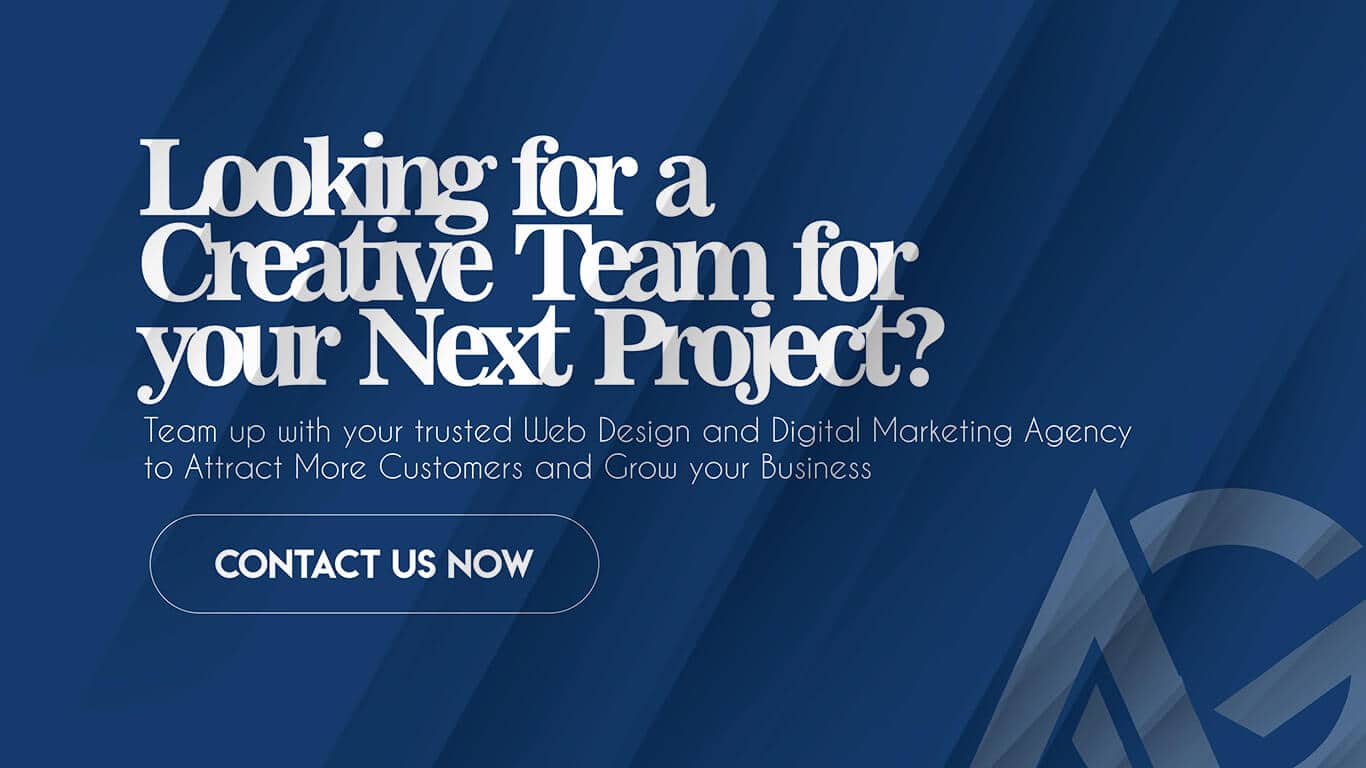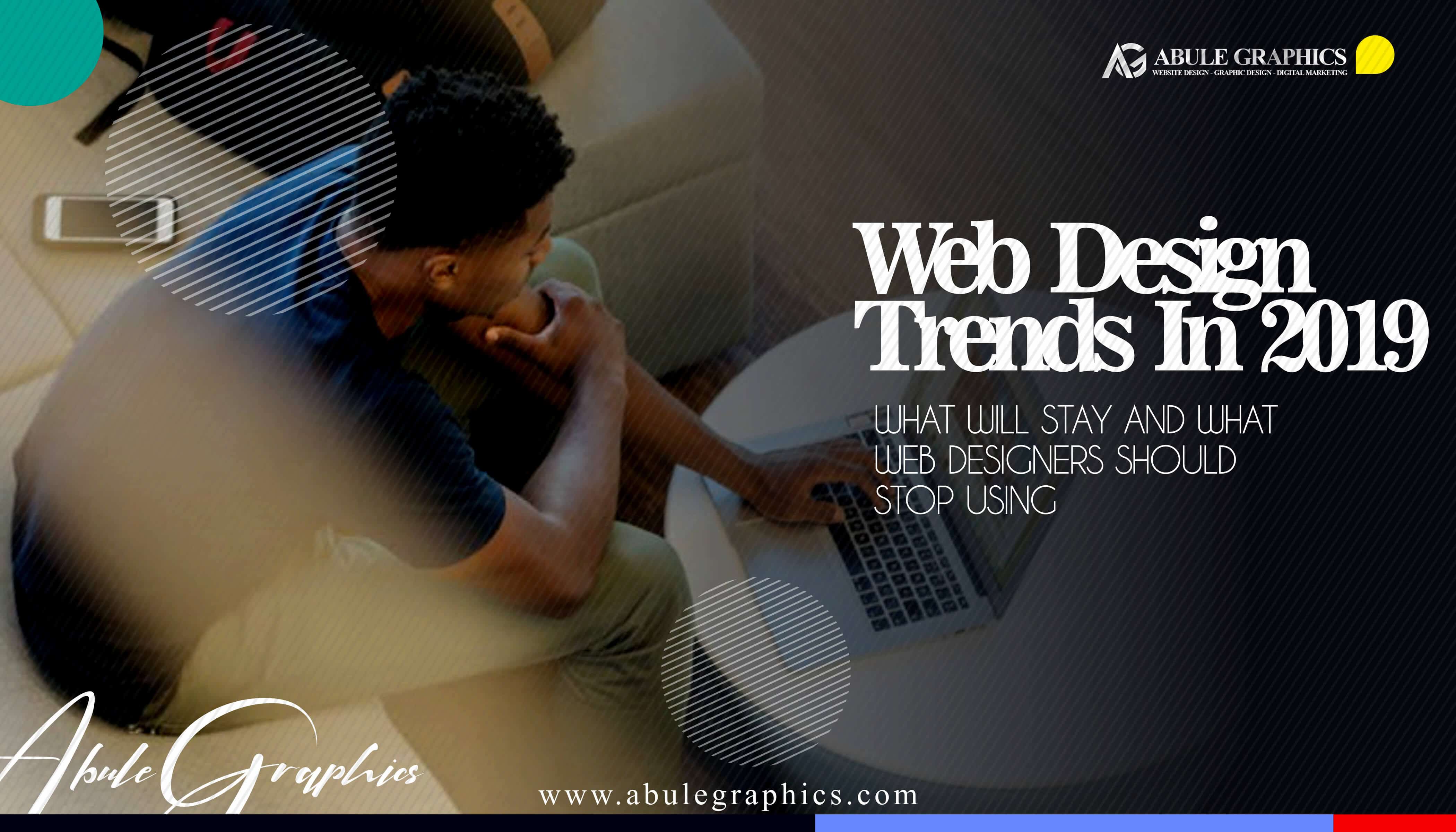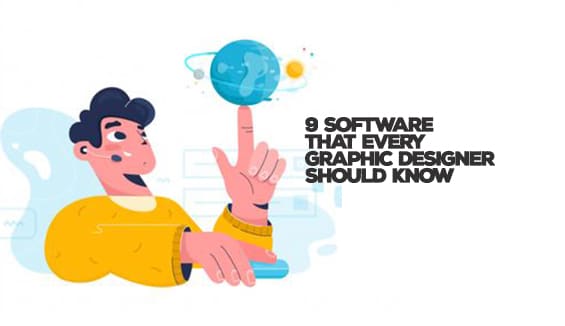Making mistakes is okay, because otherwise how will we learn? But while a mistake can be an effective teacher, listening to those who’ve already learned their lessons can also help. This way, you learn to avoid the mistakes others have made and can proceed to make your very own ones.
Below is a list of 5 logo design-gaffes that we hope you won’t make in your journey. Some of these are from our own stash of lessons while the rest are courtesies from the mistakes others have made.
Feel free to add your lessons at the end of it.
-
Table of Contents
Diving Head-First Into It
It’s a rookie mistake and designers are usually prone to it at the start of their careers when the passions run high and research sounds boring. As you mature in your career, you’ll come to know that solid research provides a foundation for your design process.
It helps you understand the brand, its value proposition, its rivals, and its target audience. Research also helps you learn what type of logo style would suit the brand the most, what design features will enhance its message, and what it needs to become a memorable design.
Proper brand education is the blueprint on which you build your larger brand identity strategy.
-
Following Client Lead
This is a customer-business equation in which the customer wants you to tell them when they are wrong.
Consider it your professional duty to not let client wishes trump your knowledge or expertise. It’s a collaborative process where you both need to sit together and figure out what’s best for the brand. Learn as much as you can from the client about how they envision the brand and what is its purpose. Then go with your intuition and think about how best to transfer this identity to design.
-
Wrong Shapes, Colors, Or Fonts
Graphic design is always a custom fit for each unique brand.
The elaborate sprawl that works for Coca-Cola’s wordmark does not suit the serious and professional brand image of BBC. And while panda may be the perfect mascot for World Wildlife Fund, it may not be the clearest choice for the Invictus Games logo – and both are charitable brands.
Therefore, you have to pick and choose shapes, colors, and fonts that work for your individual brand. Since everything from shapes, fonts, and logo colors affect our emotions and moods, find out what kind of emotional signals do you want your brand logo to send.
Do you want people to associate feelings of excitement and hunger with your logo? Do you want to appear exclusive and mysterious? Is your brand message of affluence and luxury?
Your brand character, personality, and soul will dictate the unique design features it requires to send a cohesive brand message. Remember, that each of these unique design components not only must make perfect sense for your brand but also come together as a whole in the most natural way.
Like a good team, each part of your logo must be working for the common goal.
-
Relying Too Much On Trends
Let your design process be guided by good sense and not what’s ‘on-trend’. Trends – by their very nature – are prone to change and without much warning.
And the only way you can hope for a consistent brand message that remains strong for years is timelessness.
Therefore, aim for a logo that works for your brand on a cellular level. For that, you’ll need to know all that is to know about your brand. Know what makes it tick, what makes it shine, and where is it going in ten years.
Once you have all that down to a T, you can create a strong brand identity that isn’t weakened by the whims of generational opinions and only evolves and grows organically.
-
Poor Visual Hierarchy
What do you want people to notice when they glance at your logo? Are you amplifying your brand message through its colors or its fonts? Or is it the shape of the logo that’s doing the heavy lifting?
Visual hierarchy is how you convey which part of the logo is the big deal.
Brighter colors, bigger sizes, and bolder fonts are what get our attention the quickest. Features that break the pattern – a zigzag font in a sea of serifs – are also instantly spottable.
If you aren’t manipulating the size or other details in your logo design, your brand message will remain flat and bland. Even logo designs that are simple wordmarks also use subtle details to infuse hierarchy into their designs.
Think of the Uber logo.
From the word go, it has been a small case letter ‘u’ that appears in a larger size as the first letter of the brand. On its own, the ‘u’ operates as the standalone mark for the brand – for example, in the in-app containers. This subtle hierarchical significance helps people connect the letter U with the Uber brand and allow it to have a distinct and simple logo mark even when the rest of the logo isn’t present.
Over to You
By no means are these the only mistakes you can make as a logo design artist, but these are the most common ones that can be fixed the most easily.
Some other design blunders that we’ve seen artists make are creating logo designs that don’t scale well when resized or used on different media. Using generic and stale images as logo icons is another major logo design sin that we have witnessed. And let’s not forget the unintentional (or intentional?) white-space silhouettes that emerge from the design and are almost always inappropriate.
A moment of silence for all our comrades who’ve fallen prey to such blunders.




